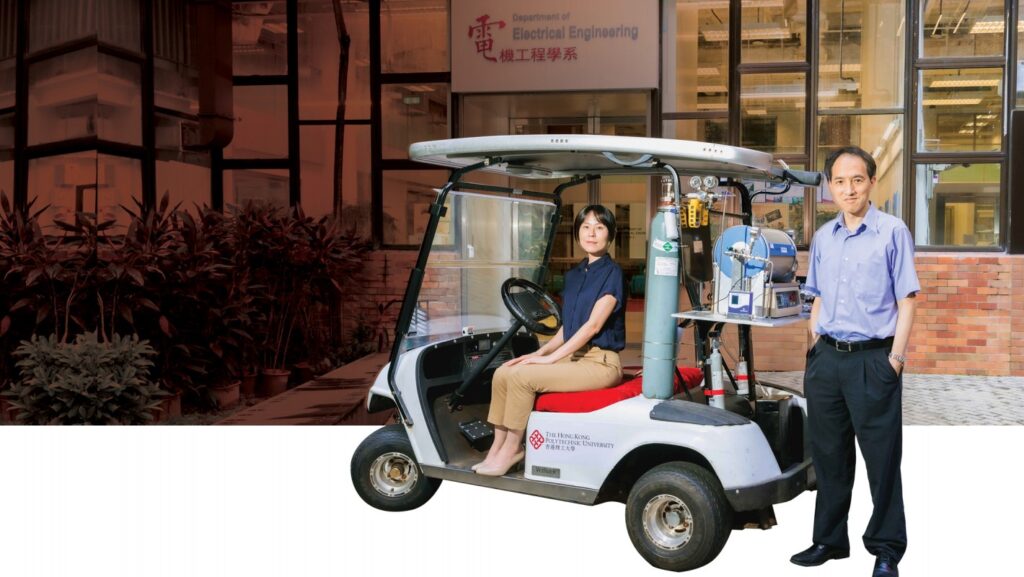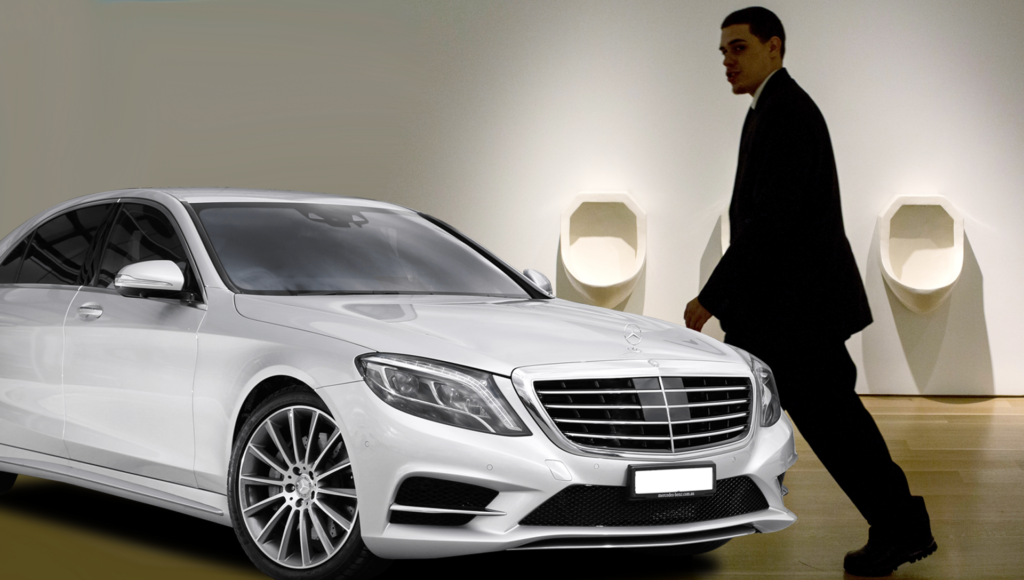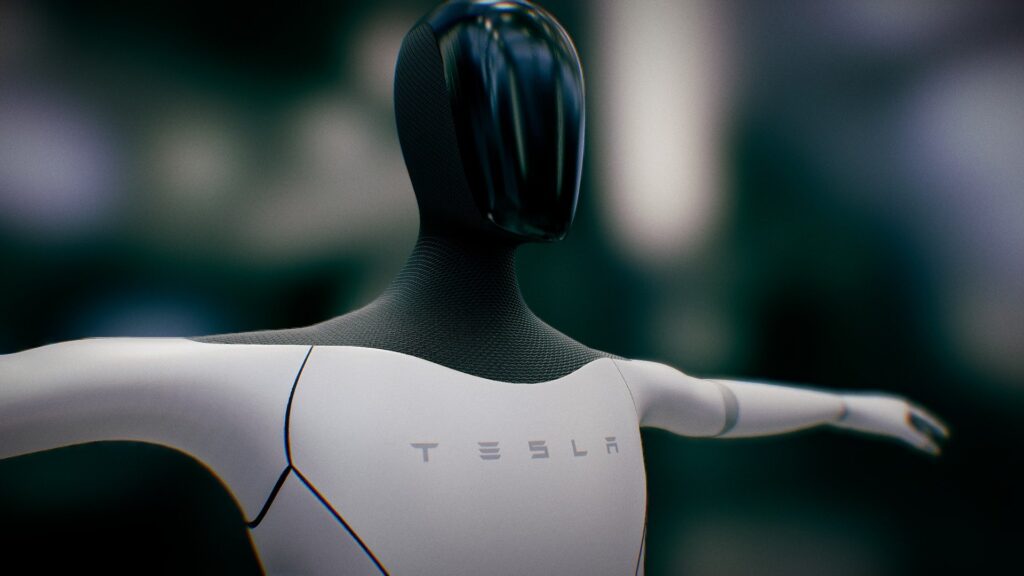Scientists had developed first-ever human’s urine-powered vehicle, which runs by extracting the power of ammonia from the urine and they are hoping to develop more.
World has witnessed a phenomenal improvement in technology, science, transportation and so on, but with a cost. The offshoots from the modern technological world has started impacting the mankind & other beings in disastrous ways such as climate change (majorly), pollution, which is why a dramatic shift to non-polluting sources are garnering need.
In a major shift, gasoline vehicles are becoming obsolete, with EVs filling the space. Moreover, latest innovation and researches are considering to power vehicles with alternate organic fuels like solar, hydrogen, natural gas, biodiesel and now ammonia.
1890 marks the year of first Electric car in the world and now many companies like Tesla, GM, Ford pioneer in the field. World’s first fully solar-vehicle is also here. And, Indian roads had already seen hydrogen vehicles on them, Toyota Mirai as one of the first kind. Interestingly, ammonia joins in the list, letting your pee to power the vehicles, as human urine has ammonia.
Why Ammonia?
Ammonia is a combination of hydrogen and nitrogen (NH3), that rapidly releases energy in combustion and has a high energy density in volume. And it is one of the few liquified chemical compounds. The high energy-density of the compound lets it to be suitable for heavy-transport vehicles constraining weight and volume. Ammonia, indeed being a compound in handy and practice for over a century, storage, handling and exploiting are not new to this world.
In fact, ammonia-powered vehicles are lighter and eschew the problem of disposal that lithium-ion batteries suffer from. A 2018’s article of Science explains what ammonia holds and how Australia aims it to utilize it in detail.
Ammonia to be unlikely exploited as a whole in the process of fueling the vehicles. Ammonia has three components of hydrogen, a rich-source to power fuel celled vehicles. When ammonia is burnt with oxygen, hydrogen in ammonia gets break down and the process releases enormous energy, leaving behind nitrogen and water. This nitrogen and water (as vapor) get released into the atmosphere, after harnessing the energy. As simple as that.
Harnessing the Power of Urine
Back in 2009, an Ohio University Professor figured out a way to extract hydrogen from urine. Garardine Botte, the researcher created a device that uses a nickel-based electrode to extract hydrogen from urea, the main component of urine. In fact, this method requires less energy than is needed to extract hydrogen from water. The electrolyzer needs just 0.37 volts across the cell to oxidize the urea. This kick-started to probe ways to use urine as a fuel to vehicles. Also, scientists had tested to exploit the urine-power in charging smartphones too.
At the time when UK researchers at the University of West England in 2017, developed Microbial Fuel Cell (MFC), a battery that runs by microbes (bacteria) which is fed by urine. MFCs created a potential for robots to refuel themselves.
Researchers at the US Army Research Laboratory at Aberdeen Proving Ground are also looking at how they could use urine to power devices in remote locations, as well as in large-scale fuel cells powering vehicles and — theoretically — even entire bases.
However, effective extracting of ammonia from urine in a constrained space was lacking that had left the topic as underexplored.
Related Posts
First Urine-Powered Vehicle

Now, Hong Kong’s Polytechnic University developed the world’s first ammonia-powered fuel cell electric vehicle. It’s a golf cart assembled in 2021, which runs fully on liquid ammonia. The team behind this, attached a cylinder of liquid ammonia, which is broken down into nitrogen and hydrogen by catalysts (developed by University of Oxford, UK). The hydrogen obtained is used to generate electricity to propel the vehicle and the nitrogen is emitted with the water vapor generated in the chemical process and both emitted gases are major components of the atmosphere and are safe.
While 99.9% of ammonia can be transformed to power the vehicle, the remainder is filtered out by a gas purifier. University’s Professor Cheng aims to apply the concept to long-distance electric minibuses by October 2022. Well, as we never run out of urine, it could soon be wanted by makers who are aiming for ammonia or hydrogen powered vehicles.
It could be weird but not for science!
What you think of this urine-powered Vehicle? Drop your thoughts..
(For more such interesting informational, technology and innovation stuffs, keep reading The Inner Detail).






